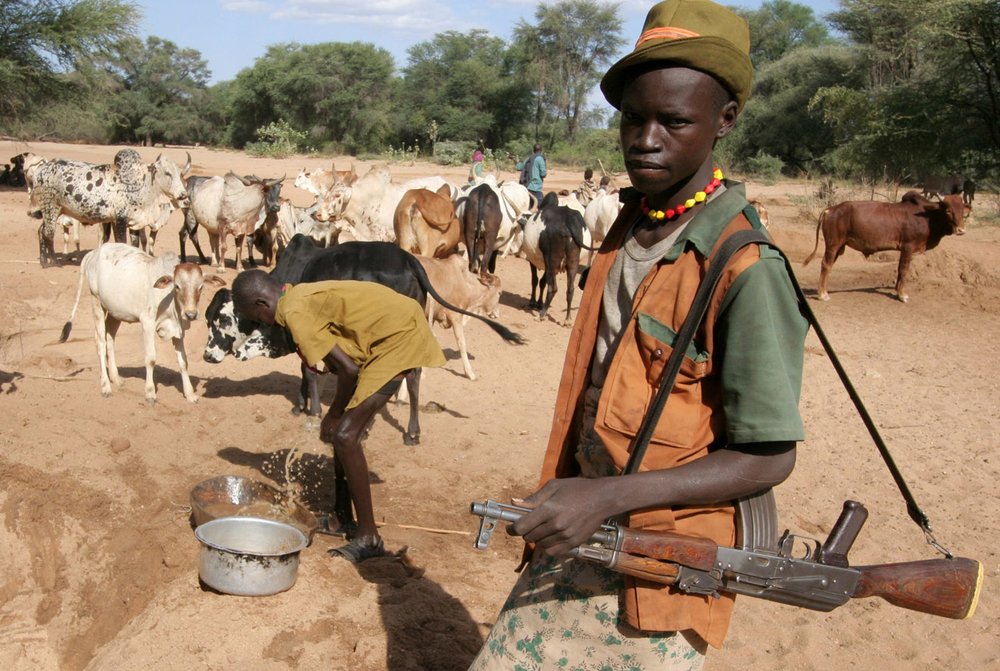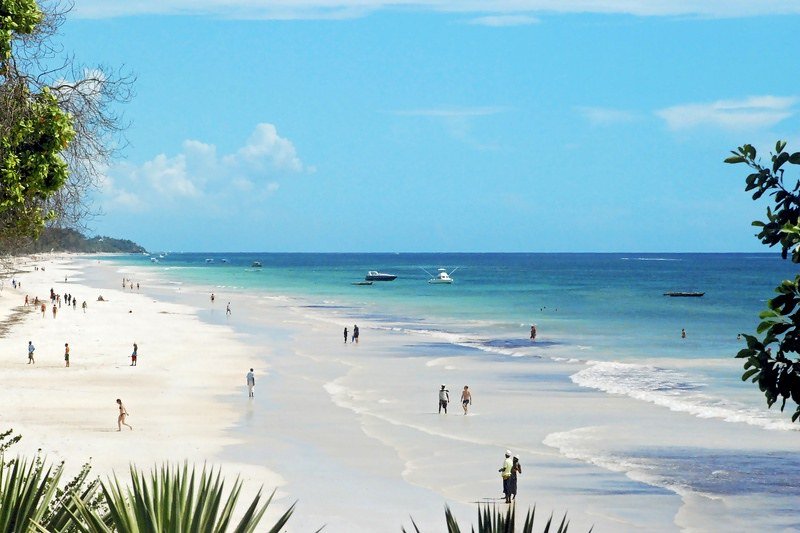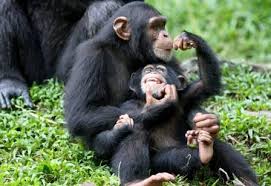Murchison Falls National Park lies at the northern end of the Albertine Rift Valley, where the sweeping Bunyoro escarpment tumbles into vast, palm-dotted savanna. First gazetted as a game reserve in 1926, it is Uganda’s largest and oldest conservation area, hosting 76 species of mammals and 451 birds.
The park is bisected by the Victoria Nile, which plunges 45m over the remnant rift valley wall, creating the dramatic Murchison Falls, the centerpiece of the park and the final event in an 80km stretch of rapids. The mighty cascade drains the last of the river’s energy, transforming it into a broad, placid stream that flows quietly across the rift valley floor into Lake Albert. This stretch of river provides one of Uganda’s most remarkable wildlife spectacles. Regular visitors to the riverbanks include elephants, giraffes and buffaloes; while hippos, Nile crocodiles and aquatic birds are permanent residents.
Notable visitors to the park include Winston Churchill, Theodore Roosevelt, Ernest Hemingway and several British royals.
History
Murchison Falls Conservation Area is one of the oldest, and is the largest, protected area (PA) in Uganda. It is comprised of Murchison Falls National Park, Bugungu Wildlife Refuge and Karuma Wildlife Refuge. Currently, the national park itself encompasses 3,893 sq.km. Bugungu Wildlife Refuge (501 sq.km) and Karuma Wildlife Refuge (678 sq.km) are adjacent and act as buffer zones for the park. In addition is Budongo Forest Reserve which overlaps parts of both wildlife reserves, and covers an additional 591 sq.km. This makes a total of 5,663 sq.km of space that is under some level of protection through controlled use. The national park and the two wildlife reserves are managed by the Uganda Wildlife Authority (UWA) as the Murchison Falls Conservation Area (MFCA) and the Budongo Forest Reserve is managed by the National Forestry Association except where it overlaps with UWA-managed lands.
Between the years of 1907 and 1912, the inhabitants of an area of about 13,000 sq.km were evacuated due to sleeping sickness spread by tse-tse flies. This paved the way for the establishment of the Bunyoro Game Reserve in 1910, which encompassed roughly the area south of the Nile River that is now part of the National Park in Masindi District. In 1928 the boundaries were extended into Gulu District north of the river, and the resulting protected area (PA) became known as the Bunyoro-Gulu Game Reserve. As the human population had already been evacuated due to sleeping sickness, it was possible to establish this game reserve without displacing any of the local people for the sake of the park. In 1932, the Budongo Forest Reserve was established. This became the first commercial logging concession in Uganda, and to date is one of the most intensively studied “working” forests in the world. The boundaries of this forest continued to expand over the next thirty years until they reached the current size of 825 sq.km. Much animosity was created by this process as locals lost land and never quite knew where the boundaries were due to the frequent changes.
In 1952, the British administration established the National Parks Act of Uganda. After forty years of reduced hunting in the Bunyoro-Gulu Game Reserve, the animal populations had expanded to an extent that justified upgrading the reserve, which became Murchison Falls National Park, one of the first two national parks, along with Queen Elizabeth NP. By the mid-1960’s, Murchison Falls had become the premier safari destination in all of East Africa, with over 60,000 visitors per year.




